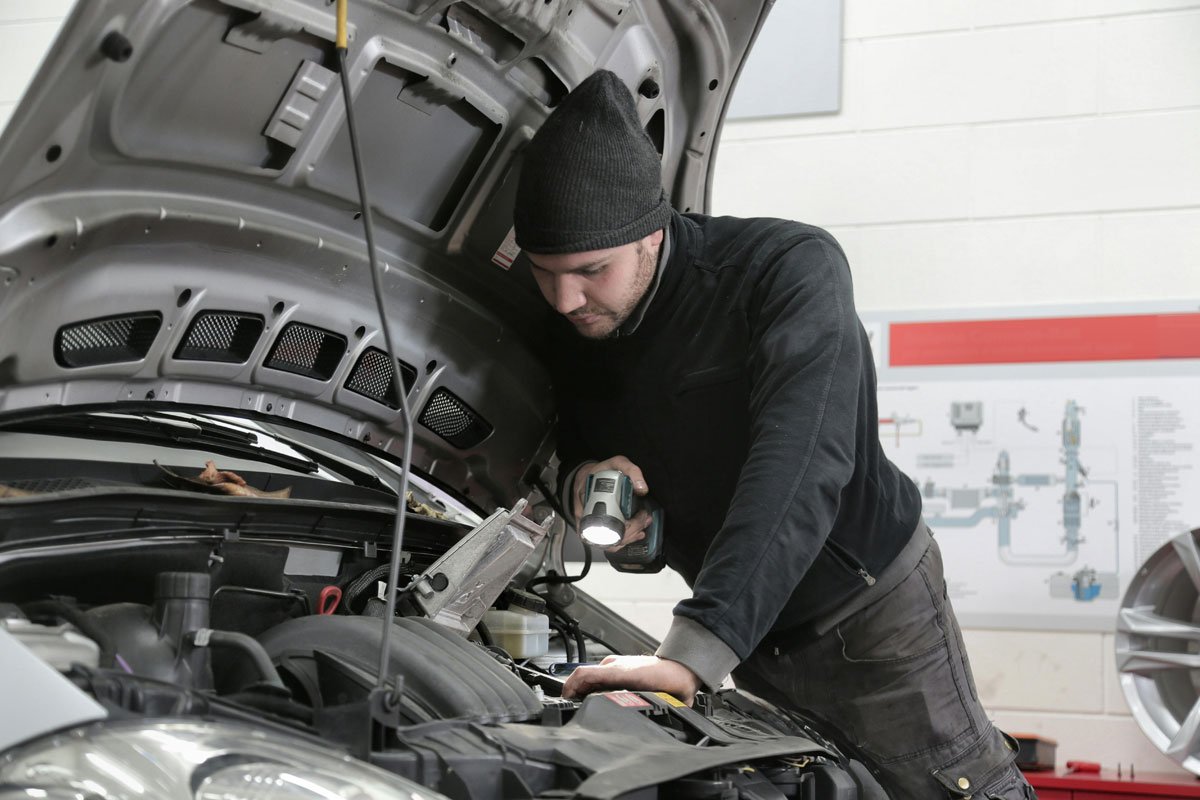Keeping your car running smoothly and safely isn’t just about avoiding breakdowns on the side of the road. Regular maintenance extends the lifespan of your vehicle, improves fuel efficiency, and ensures you’re operating a safe machine for yourself and others. But with so many components under the hood, where do you even begin? This guide provides a breakdown of essential car maintenance tasks, categorized by monthly and seasonal checks. By following this checklist, you’ll be well on becoming a confident and informed car owner.
Monthly Maintenance:
- Fluid Levels:
- Engine Oil: Check your oil level every month using the dipstick. Consult your owner’s manual for the recommended oil type and viscosity for your car. Dirty or low oil can lead to engine damage.
- Coolant: Coolant regulates engine temperature. Check the coolant level when the engine is cold, following your owner’s manual instructions.
- Windshield Washer Fluid: Top up your windshield washer fluid reservoir with a solution appropriate for the current season. Keeping your windshield clean is crucial for safe driving.
- Brake Fluid: This fluid is critical for braking performance. While checking brake fluid is fairly straightforward, some manufacturers recommend professional inspection due to the system’s complexity. Refer to your manual for guidance.
- Tire Pressure and Tread Depth: Proper tire inflation improves handling, fuel efficiency, and tread wear. Regularly check pressure using a reliable tyre gauge (usually found near the gas pump at gas stations) and inflate to the recommended PSI listed on a sticker inside the driver’s door or in the owner’s manual. Inspect your tyres for uneven wear or signs of damage, and measure the tread depth using a tread depth gauge (easily available online or at auto parts stores). A shallow tread compromises traction, especially in wet conditions. Replace worn tyres promptly.
- Lights: Walk around your car and visually check the functionality of all headlights, taillights, brake lights, turn signals, and reverse lights. A burnt-out bulb can lead to a ticket and hinder nighttime visibility.
- Wiper Blades: Check your wiper blades for cracks, tears, or worn rubber. Streaking or chattering blades indicate they need replacement. Wiper blades are inexpensive and easy to replace.
Seasonal Maintenance:
- Spring Cleaning: After winter’s harsh conditions, give your car a thorough wash and wax. Pay close attention to areas that collect dirt and debris, like the wheel wells and undercarriage. A clean car allows for easier inspection and helps prevent rust.
- Summer Heat: Extreme heat can stress your engine cooling system. Visually inspect the radiator hoses and coolant reservoir for leaks or cracks. Ensure the air conditioning system is functioning properly.
- Fall Preparations: As temperatures drop, check your antifreeze level and ensure it’s sufficient for the upcoming winter months. Top up or replace the antifreeze according to your owner’s manual recommendations. Consider replacing your wiper blades with winter-specific blades designed for snow and ice.
- Winter Readiness: Before harsh winter weather arrives, ensure your battery is in good condition. A weak battery can struggle to start the engine in cold temperatures. Have your battery tested by a mechanic and consider replacing it if necessary. Check your tyre pressure again, as colder temperatures can cause a slight decrease in PSI.
Additional Tips:
- Consult Your Owner’s Manual: This is your car’s bible. Refer to it for specific maintenance intervals and procedures recommended by the manufacturer for your particular vehicle.
- Keep Records: Maintain a logbook or use a car maintenance app to track completed maintenance tasks and upcoming service appointments.
- Listen to Your Car: Unusual noises, vibrations, or warning lights indicate potential problems. Please don’t ignore them! Address them promptly to avoid more serious issues down the road.
Conclusion
- Refer to your car’s owner’s manual for specific maintenance intervals and recommendations for your vehicle’s make and model.
- Some tasks might be more complex and require professional assistance. Don’t hesitate to consult a certified Repair and Maintenance Services for more involved repairs or if you’re unsure about tackling a specific task yourself.
Taking care of your car with these essential car maintenance checks goes a long way in ensuring a safe, reliable, and enjoyable driving experience. By incorporating these simple and essential car maintenance steps into your routine, you’ll be a more informed and empowered driver on the road!


